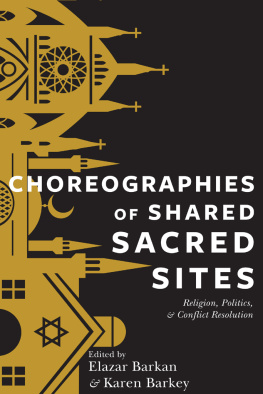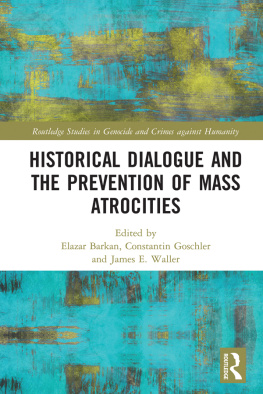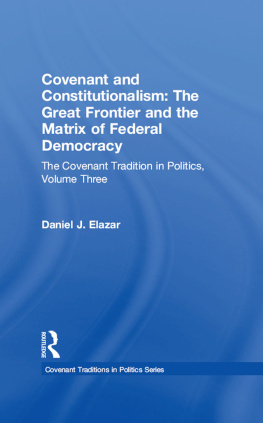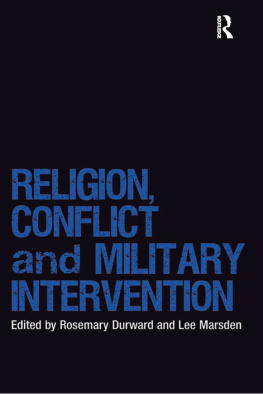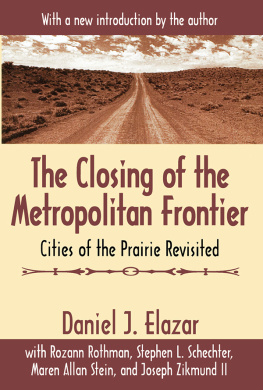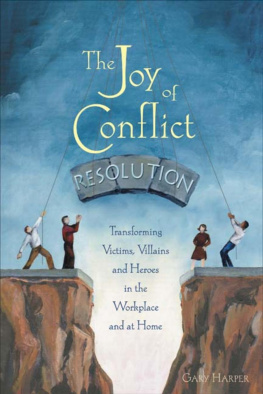CHOREOGRAPHIES OF SHARED SACRED SITES
RELIGION, CULTURE, AND PUBLIC LIFE
RELIGION, CULTURE, AND PUBLIC LIFE
SERIES EDITOR: KAREN BARKEY
The resurgence of religion calls for careful analysis and constructive criticism of new forms of intolerance, as well as new approaches to tolerance, respect, mutual understanding, and accommodation. In order to promote serious scholarship and informed debate, the Institute for Religion, Culture, and Public Life and Columbia University Press are sponsoring a book series devoted to the investigation of the role of religion in society and culture today. This series includes works by scholars in religious studies, political science, history, cultural anthropology, economics, social psychology, and other allied fields whose work sustains multidisciplinary and comparative as well as transnational analyses of historical and contemporary issues. The series focuses on issues related to questions of difference, identity, and practice within local, national, and international contexts. Special attention is paid to the ways in which religious traditions encourage conflict, violence, and intolerance and also support human rights, ecumenical values, and mutual understanding. By mediating alternative methodologies and different religious, social, and cultural traditions, books published in this series will open channels of communication that facilitate critical analysis.
After Pluralism: Reimagining Religious Engagement, edited by Courtney Bender and Pamela E. Klassen
Religion and International Relations Theory, edited by Jack Snyder
Religion in America: A Political History, Denis Lacorne
Democracy, Islam, and Secularism in Turkey, edited by Ahmet T. Kuru and Alfred Stepan
Refiguring the Spiritual: Beuys, Barney, Turrell, Goldsworthy, Mark C. Taylor
Tolerance, Democracy, and Sufis in Senegal, edited by Mamadou Diouf
Rewiring the Real: In Conversation with William Gaddis, Richard Powers, Mark Danielewski, and Don DeLillo, Mark C. Taylor
Democracy and Islam in Indonesia, edited by Mirjam Knkler and Alfred Stepan
Religion, the Secular, and the Politics of Sexual Difference, edited by Linell E. Cady and Tracy Fessenden
Recovering Place: Reflections on Stone Hill, Mark C. Taylor
Boundaries of Toleration, edited by Alfred Stepan and Charles Taylor
CHOREOGRAPHIES OF SHARED SACRED SITES
Religion, Politics, and Conflict Resolution
Edited by Elazar Barkan and Karen Barkey
Columbia University Press
New York
Columbia University Press
Publishers Since 1893
New York Chichester, West Sussex
Copyright 2015 Columbia University Press
All rights reserved
Library of Congress Cataloging-in-Publication Data
Choreographies of shared sacred sites : religion, politics, and conflict resolution / edited by Elazar Barkan and Karen Barkey.
pages cm. (Religion, culture, and public life)
Includes bibliographical references and index.
ISBN 978-0-231-16994-3 (cloth : alk. paper) ISBN 978-0-231-53806-0 (electronic)
1. Sacred space. 2. Conflict managementReligious aspects. I. Barkan, Elazar, author, editor of compilation. II. Barkey, Karen, 1958 author, editor of compilation.
BL580.C46 2014
203'.5dc23
2014001344
A Columbia University Press E-book.
CUP would be pleased to hear about your reading experience with this e-book at .
Jacket design: Jordan Wannemacher
References to websites (URLs) were accurate at the time of writing. Neither the author nor Columbia University Press is responsible for URLs that may have expired or changed since the manuscript was prepared.
ELAZAR BARKAN AND KAREN BARKEY
SACRED SITES THAT are shared by two or more groups have long been a source of intellectual and scholarly curiosity. These sites often have a dynamic history. In India, Palestine, the Balkans, and elsewhere, we can see fluctuations between periods of peaceful sharing and of conflict over joint use. At times these sites can become the locus of communal violence. Scholarly debates on shared sacred sites often focus on the meaning of coexistence, on the logic that reputedly underlies centuries of sharing and why that sharing gets interrupted by conflict. Among the studies that interrogate toleration, syncretism, and religious antagonism more broadly, scholarly explanations can often be divided to two ideal types: one that anticipates and emphasizes continuing conflict and the other that privileges peaceful coexistence. Both see periods of interruption in either coexistence or violence, but for both ideal types, the disruption is the exception that proves the rule.
In this book our aim is to explore the politics of the choreography of sacred spaces within the framework of statesociety relations and to examine the positions, roles, and agency of various actors and institutions in an attempt to differentiate between the political and the religious features of the shared or contested space.Do religious rules, constraints, and obligations motivate coexistence or conflict at sites, or are political imperatives more important in delineating conflict? We hasten to add that we identify the categories religion and political as a heuristic device in order to distinguish between the theological and confessional aspects of religion and the political goals of the group. In exploring from a comparative perspective the questions of when and why sites that are holy for more than one religious or ethnic group at times become politicized and turn into places of hatred and violence but in other instances remain noncontroversial, we hope to delineate the religious and the political factors that suggest the context and causality of conflict in these sites. How do we explain periods of relative tolerance and sharing that give way to distress over differences only to return to peace and calm? Which forces bring about this?
We direct our attention to the role of the state and the nature of its relationships to several religious and ethnic groups in society in order to understand when and how conflicts arise in such sacred settings. We argue that historically and in contemporary cases the importance of sacred sites lays both in the particular choreography of daily life around the site and in the manner in which public authorities frame the context of relations between religious and ethnic groups. Other stakeholders such as religious institutions and political activistsextremists and peace advocatesat times play critical leadership roles in instigating conflict or attempting to pacify a volatile situation. Evaluating the relationship among these constituencies provides the context for both an analysis of the phenomena of shared sacred sites as well as a policy framework.
If we want to understand what makes shared sacred sites turn contentious and violent, we need to explore the movement from relative peace to conflict as well as the postconflict situation and the reemergence of coexistence. Ethnic and religious wars, in particular around shared sacred sites, exhibit both processes of unsettling peace and creating conflict as well as postconflict processes leading to an accommodated coexistence. In this introduction we pay comparable attention to conflict and to coexistence in their various forms, underscoring a multiplicity of forms of contention and sharing. We explore issues around the definition and the practice of coexistence, the question of centrality, and indivisibility of religious sites as well as the roles of the state and other actors around the site.


